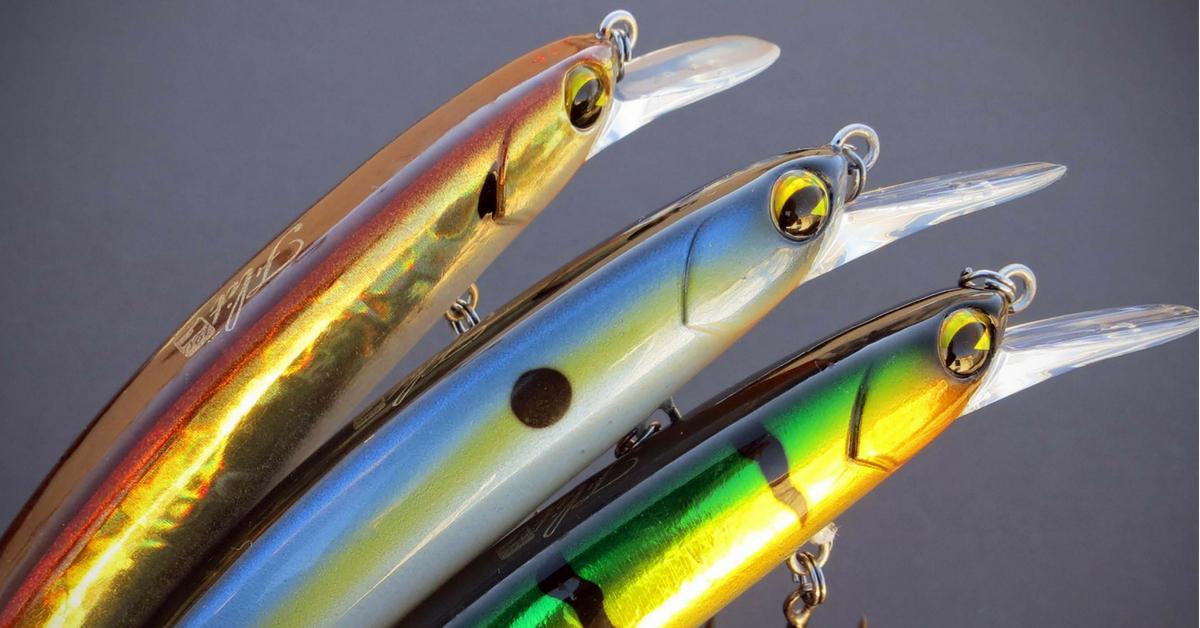Lure Color Selection 101, An Introduction to Choosing Your Bait Colors
A dilemma that irks the common angler is the color of bait or lure to use. With so many options at an angler’s fingertips these days, it can seem overwhelming. I have specific color schemes for each situation and area I fish and I've come up with a system to choose these colors that works for me and I hope it will work for you too. This is lure color selection 101, an introduction to choosing your bait colors.
Water Clarity
First, determine the type of water you're fishing. For instance, I have a separate set of colors for murky water than I do for clear water. For murky water, I like to stick with darker colors like black, blue, junebug as well as gaudy ones like chartreuse, bubblegum, etc. In clear water, I look to closely imitate the forage which calls for natural colors like variations or white, silver, gray. Also, clear colors to match baitfish and green pumpkin or watermelon variations to imitate crawfish, perch, and sunfish species. Some colors can be interchangeable, but as a reference, this is a good starting point. Quick tip, chartreuse is an awesome color for the ever aggressive smallmouth and spotted bass.
Geography
Geography is a variable to definitely consider as many regions do have specific colors to take into account. For example, in Texas, red is a hot color because it mimics the color of the crawfish during the spring. In Maryland, specifically at the Potomac, blue is a hot color which seems to be the case in much of the Northeast. Reach out to locals and see what colors work for them...chances are you'll see/hear a common theme or color.
Forage Species
And finally, do your research to see which forage species are present, specifically what the bass are currently feeding on. A lot of that information can be found online or simply calling a local tackle shop. Or, it can often be found just by catching the first few fish; for example, they may actually spit out a baitfish or crawfish. Feeling their stomach also serves as a tip off. If it’s soft, they are primarily feeding on baitfish; if it’s hard, they are primarily feeding on crawfish and/or other crustaceans. So, choose your colors to imitate or match the species that the bass are feeding on.This basic guide will help put you on the path to catching more fish. When I go to new waters, this is the system I use to make my color selections. This basic system serves as a great reference, gives me a starting point for unfamiliar waterways, and helps me to narrow down the never ending selection of colors available. And don't forget, it's all about confidence. When you have confidence in which colors to use, it can only help to put more fish in the boat.
Updated August 5th, 2021 at 8:52 AM CT


